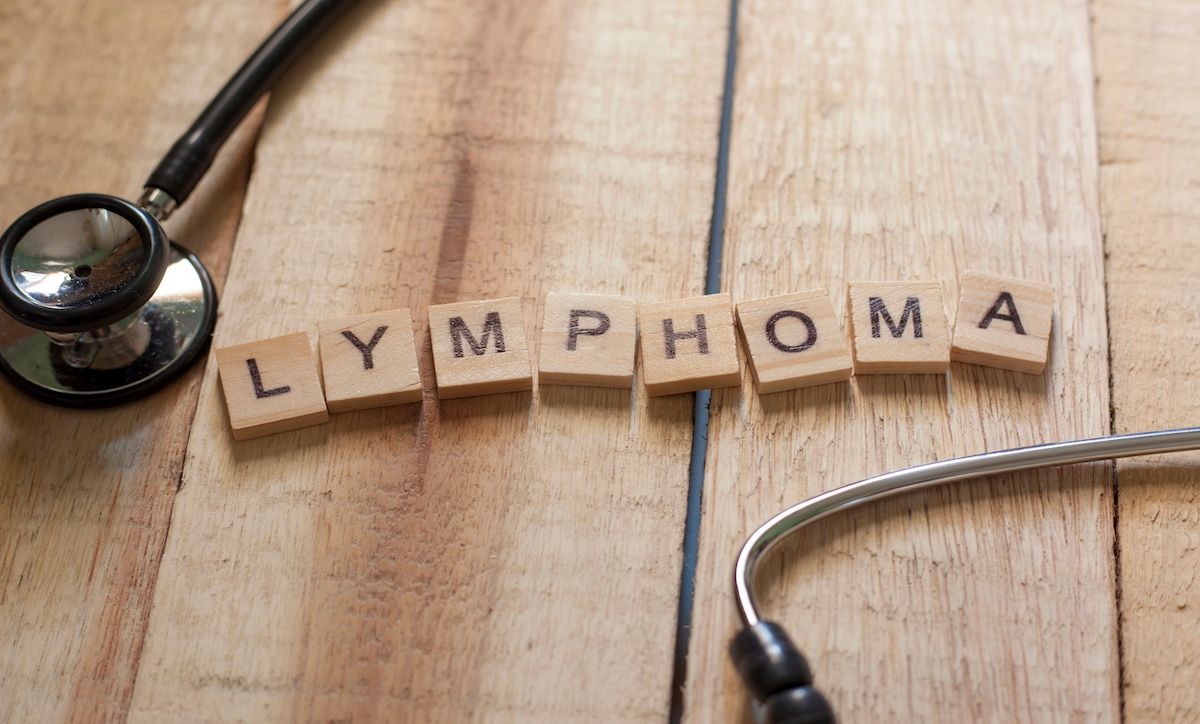- Center on Health Equity & Access
- Clinical
- Health Care Cost
- Health Care Delivery
- Insurance
- Policy
- Technology
- Value-Based Care
Combination of Magrolimab and Rituximab Well Tolerated in Patients With Refractory/Relapsed Indolent NHL
A 3-year follow-up of patients with refractory/relapsed indolent non-Hodgkin (NHL) treated with a combination of magrolimab and rituximab showed no new treatment-emergent adverse events, suggesting long-term safety. The treatment also confirmed magrolimab penetration into the tumor.
A study published in Blood Advances found that a combination of magrolimab and rituximab (M+R) was well tolerated in patients with refractory/relapsed (R/R) indolent non-Hodgkin lymphoma (iNHL) in a 3-year follow-up.1
iNHL includes multiple subtypes, which are mainly divided into B-cell NHL and T-cell NHL.2 Treatment for early stages previously constituted of a watch and wait strategy. With the emergence of immunotherapy, the treatment strategies for iNHL have changed over the years.
With the emergence of immunotherapy, the treatment strategies for iNHL have changed over the years. | Image Credit: © airdone- stock.adobe.com

In the current open-label, multicenter, phase 1b/2 study, 46 participants with R/R iNHL were treated with M+R.1 Eligibility criteria for the trial included a hemoglobin level of at least 9.5 g/dL before magrolimab administration, absolute neutrophil count of at least 1.0 × 109/mL and platelet count at least 50 × 109/mL, and adequate renal (serum creatinine) and hepatic (aspartate aminotransferase/alanine transaminase and bilirubin) function. Patients with an active or chronic infection with hepatitis B or C or HIV were excluded. The primary goal of this study was to determine the incidence and severity of treatment-emergent adverse events (TEAEs) and dose-limiting toxicities (DLTs).
In phase 1b, patients were given 1 mg/kg intravenous magrolimab on cycle 1 day 1 (C1D1) to reduce the effects of on-target anemia, followed by maintenance doses of 10, 20, 30, or 45 mg/kg. Maintenance doses were given weekly starting from C1D8 in patients in the 10 to 30 mg/kg magrolimab dose groups. In patients in the 45 mg/kg group, maintenance doses were given weekly in cycles 1 and 2 and every 2 weeks from cycle 3.
In phase 2, which was performed 3 years after phase 1b, 30 and 45 mg/kg magrolimab maintenance doses were explored further as the research did not observe any additional DLTs and the patients had steady-state serum dose levels above the target threshold. Phase 2 followed the same dosing schedule of magrolimab as Phase 1b. Intravenous rituximab was given at 375 mg/m2 doses weekly starting on C1D8 and then monthly on day 1 of cycles 2 through6 and on day 1 of alternate cycles starting with cycle 8.
All 46 patients reported at least 1 TEAE of any grade, with the majority of TEAEs being grade 1 or 2. Thirty-three patients reported at least 1 grade 3 or higher TEAE. The most common treatment-related TEAEs were infusion-related reaction, headaches, and chills. The most common grade 3 or higher TEAEs were anemia, thrombocytopenia, and neutropenia. Only 2 patients discontinued treatment due to TEAEs. Both of these patients reported treatment-related TEAEs: grade 4 thrombocytopenia and grade 2 pneumonitis/dyspnea/cough, respectively. The researchers also did not notice any apparent association between the incidence of TEAEs and the 4 doses studied. No patient died from a TEAE in this trial.
The objective response rate was 52.2% and 14 patients achieved complete response. Among all patients, the median progression-free survival was 7.4 months and the median duration of response in patients who had achieved a response was 15.9 months.
The research also assessed the ctDNA from 7 patients at multiple time points, which showed a change in ctDNA levels compared with C1D1. The 3 patients who responded to treatment showed a decrease or clearance of ctDNA, whereas patients with stable disease showed increased or relatively stable ctDNA. Immunohistochemistry performed on tumor biopsies via IgG4 staining revealed the presence of magrolimab in the tumor confirming magrolimab penetration.
The researchers concluded that considering the long-term efficacy and safety results, it is possible that combining magrolimab and rituximab with other therapies may enhance efficacy and/or help maintain a CR without considerable toxicity. Although the combined treatment was well tolerated, there were 2 limitations to this study: a small sample size and a large proportion of patients with follicular lymphoma compared with other forms of iNHL.
References
- Mehta A, Popplewell L, Collins GP, et al. Magrolimab plus rituximab in relapsed/refractory indolent non-hodgkin lymphoma: phase 1/2 trial 3-year follow-up. Blood Adv. Published online August 30, 2024. doi:10.1182/bloodadvances.2024013277
- Amhaz G, Bazarbachi A, El-Cheikh J. Immunotherapy in indolent non-Hodgkin's lymphoma. Leuk Res Rep. 2022;17:100325. doi:10.1016/j.lrr.2022.100325
